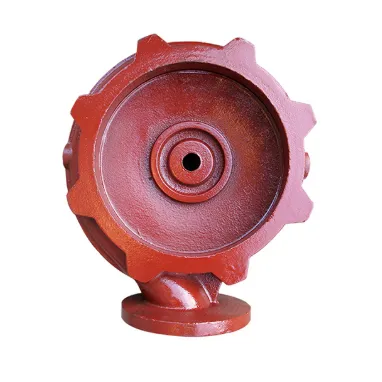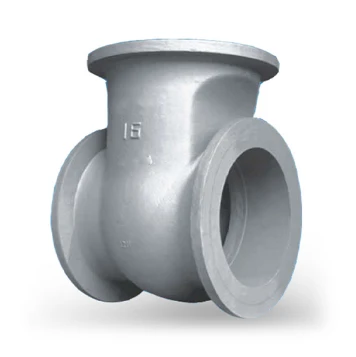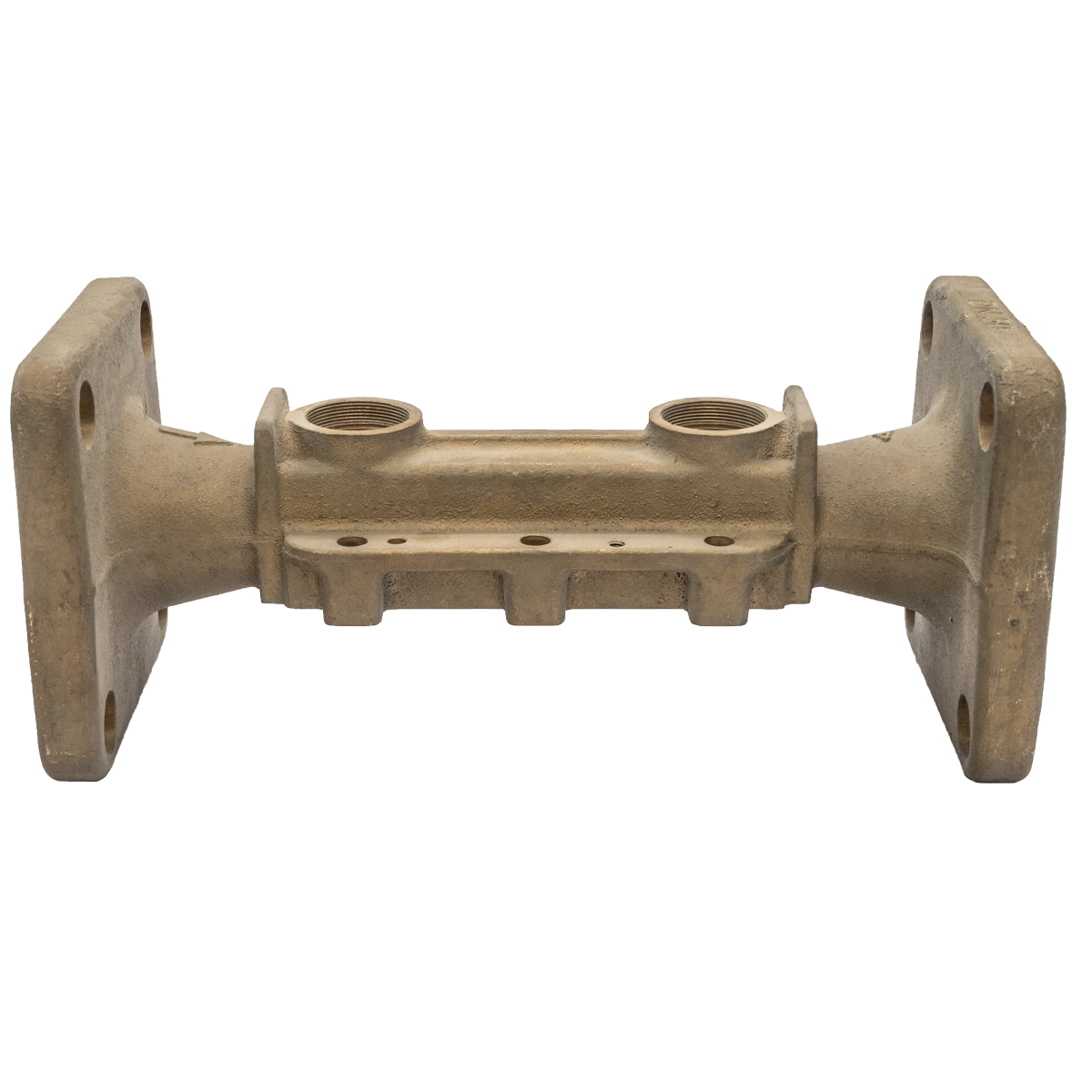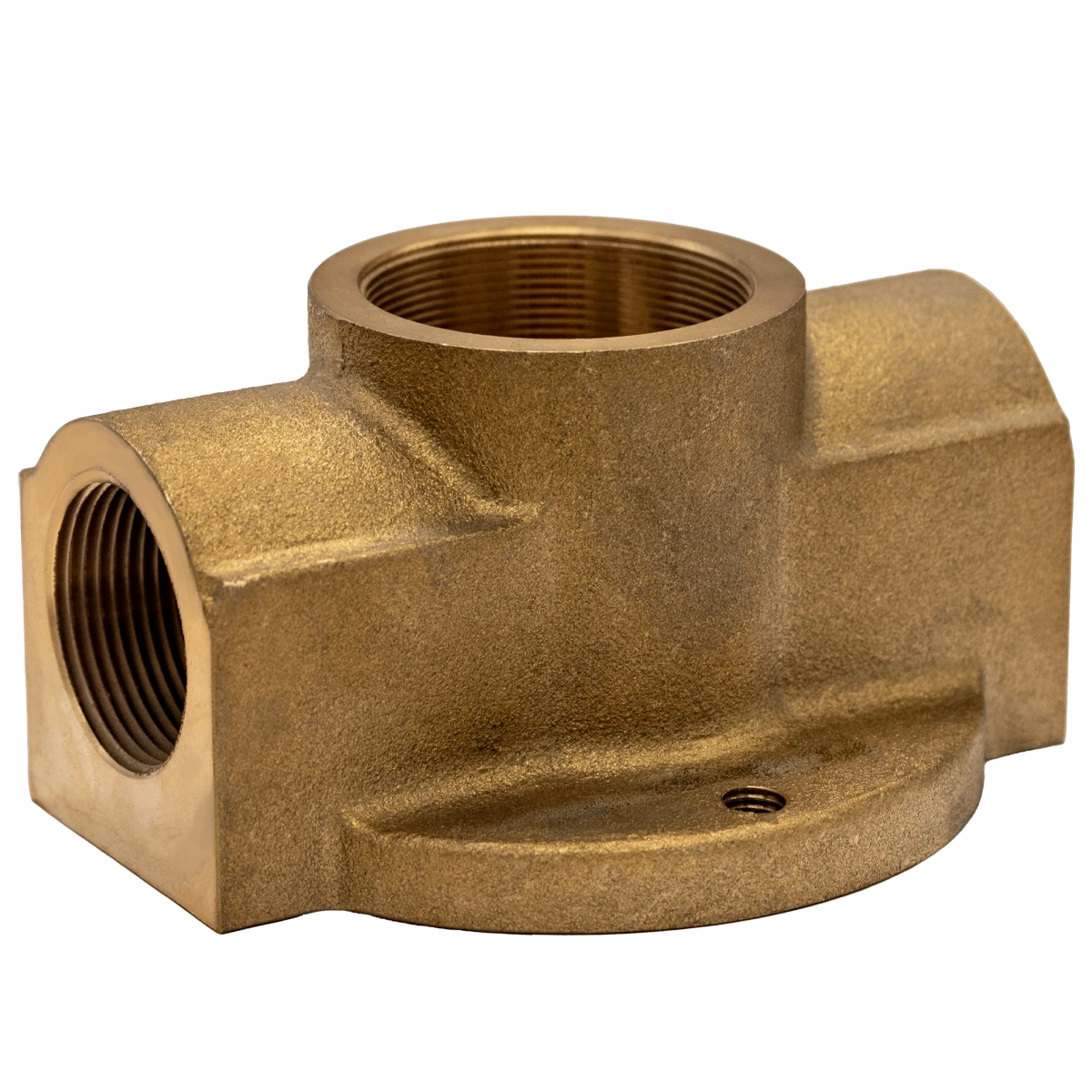Mobile:+86-311-808-126-83
Email:info@ydcastings.com
English
Precision Wax Mold Casting Services for Detailed Designs
- Foundations of investment casting and pattern replication
- Technical innovations in mold creation techniques
- Performance comparison of market-leading solutions
- Tailored approaches for specific industry requirements
- Implementation scenarios across manufacturing sectors
- Overcoming common production limitations
- Integrated pattern-based casting solutions

(wax mold casting)
The Fundamentals of Wax Mold Casting
Precision manufacturing relies on proven pattern replication methods. Wax mold casting involves creating disposable patterns that form cavities in ceramic molds, later replaced by molten metal. This technique dates to ancient Mesopotamia but continues evolving with modern innovations. Today's process typically involves these stages:
- Pattern Design: CAD models transform into machined prototypes
- Mold Creation: Silicone or urethane molds capture prototype details
- Wax Injection: Precision equipment injects wax alloys at controlled temperatures
- Assembly: Individual wax components form casting clusters
Contemporary wax formulations feature modified polymers that reduce shrinkage below 0.9%, significantly improving dimensional accuracy compared to traditional beeswax mixtures. This advancement enables tolerances within ±0.15mm for complex aerospace components.
Technical Innovations Driving Quality
Modern foundries leverage several critical advancements for superior results. Temperature-controlled injection systems maintain wax viscosity within ±2°C, eliminating flow inconsistencies that caused 32% of defect rates in legacy systems. Environmentally sustainable wax compounds developed since 2020 now decompose 40% faster without compromising structural integrity during handling.
Hybrid mold construction techniques combine CNC-machined bases with silicone cavity inserts. This approach reduces tooling costs by approximately 35% while maintaining the ±0.05mm precision demanded for medical implants. Additionally, automated wax extraction robots have decreased pattern damage incidents by over 80% in high-volume production environments compared to manual methods.
Comparative Analysis of Foundry Solutions
| Solution Provider | Shrinkage Rate | Max Temp Resistance | Surface Finish (Ra) | Production Cycle Time | Tooling Cost Index |
|---|---|---|---|---|---|
| PrecisionCast Systems | 0.65% | 1450°C | 1.8μm | 26 hours | 92 |
| DynaMold FoundryTech | 0.82% | 1380°C | 2.5μm | 18 hours | 78 |
| AlloyArt International | 0.78% | 1420°C | 1.5μm | 32 hours | 115 |
The table compares technical specifications across three industry leaders. PrecisionCast Systems achieves the lowest shrinkage rate essential for aerospace applications. DynaMold offers the fastest production cycles benefiting automotive parts mass production. AlloyArt delivers the finest surface finishes required for medical instruments.
Customization Methodologies
Effective pattern replication requires tailored configurations based on application specifications. For jewelry manufacturing, flexible silicon molds with 20-40 Shore A hardness permit undercut designs impossible with rigid tools. Foundries servicing power generation industries use ceramic-enhanced composites resisting thermal shock during nickel alloy pours exceeding 1400°C.
Modular molding systems enable economic small-batch production. A leading turbine blade manufacturer implemented configurable inserts that reduced pattern development costs by 45% for prototype runs under 50 units. Production teams achieve this flexibility through:
- Interchangeable gate and runner components
- Adjustable cooling channel placements
- Multi-material mold bases accommodating different expansion coefficients
Industrial Implementation Scenarios
Aerospace applications demand extreme precision. Lockheed Martin reduced F-35 titanium actuator housing weights by 22% using conformal cooling channels only possible through advanced wax mold casting
techniques. The process achieved internal channel accuracies within 0.1mm while maintaining structural integrity under 12G operational forces.
Medical manufacturers leverage these techniques for biocompatible implants. Zimmer Biomet produces cobalt-chrome orthopedic components with intricate porous surfaces that promote bone integration. These geometries feature 200-500 micron surface textures impossible with machining, achieved through specialized ceramic mold formulations.
Solving Production Limitations
Common challenges include dimensional instability from thermal variance. Advanced facilities implement compensated tooling that automatically adjusts dimensions based on real-time temperature readings. This innovation has decreased rework rates by over 60% according to General Electric's aviation division production reports.
Residual ash concerns during burnout have been mitigated by proprietary wax formulations that combust cleanly above 450°C. Modern patterns leave less than 0.03% residue compared to historical averages exceeding 0.8%, substantially reducing inclusions in investment casting processes. Additionally, automated debinding systems now complete pattern removal in 45 minutes instead of traditional 3-hour manual processes.
Integrated Approach to Wax Casting
The convergence of traditional techniques with digital solutions marks the industry's evolution. Hybrid factories integrate robotic pattern assembly with real-time scanning verification. A BMW transmission plant implemented this approach, reducing defects by 35% while accelerating changeovers by 50%. The system compares laser-scanned wax patterns against CAD models with 15-micron accuracy before ceramic investment.
Emerging developments include phase-change materials that transition from solid to liquid state at precise temperatures. These compounds eliminate traditional injection equipment, potentially cutting pattern production costs by up to 40% while enabling geometries previously unachievable with conventional casting sand mold casting techniques.

(wax mold casting)
FAQS on wax mold casting
FAQs on Wax Mold Casting and Related TechniquesQ: What is wax mold casting?
A: Wax mold casting involves creating a wax pattern, coating it with refractory material to form a mold, and pouring molten metal into the cavity after wax removal. It's ideal for intricate jewelry and art pieces. This process offers high precision and detail.Q: How is wax casting different from sand mold casting?
A: Wax casting uses a wax model to create detailed molds, while sand mold casting involves forming molds directly from sand for bulkier items. Wax methods provide finer accuracy, whereas sand casting is cost-effective for larger objects. Both are used in metalwork but serve different precision needs.Q: What are the key steps in wax casting?
A: Key steps include sculpting a wax pattern, encasing it in a ceramic shell, melting the wax to form a cavity, and pouring metal. The shell is broken away post-casting. This ensures complex shapes are captured with minimal defects.Q: When would someone choose sand mold casting over wax casting?
A: Sand mold casting is preferred for large, simple components like engine blocks, due to lower costs and faster production. Wax casting excels for high-detail work like rings. Sand molds can handle heavier metals and higher temperatures effectively.Q: What industries commonly use wax mold casting techniques?
A: Industries like aerospace, dentistry, and fine arts use wax mold casting for precision parts and intricate designs. It supports metals like gold and bronze with excellent surface finishes. Healthcare applications include custom implants and tools.-
Materials Used in Manufacturing Cap End Pipe FittingsNewsNov.24,2025
-
Material Properties of CF8M CastingNewsNov.24,2025
-
How to Inspect Pump Cap Ends for DamageNewsNov.21,2025
-
Backward Curved Impeller – Efficient Airflow Solutions for Industry | YD CastingsNewsNov.21,2025
-
Automobile Water Pump - Efficient, Quiet, Durable & ElectricNewsNov.21,2025
-
Impeller for Pumps – High-Efficiency, Durable, OEM-ReadyNewsNov.21,2025











